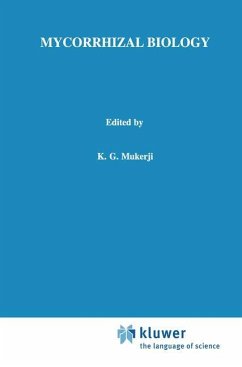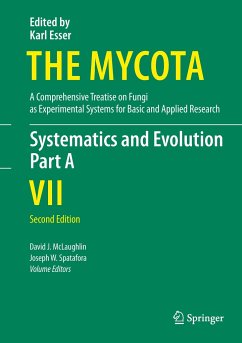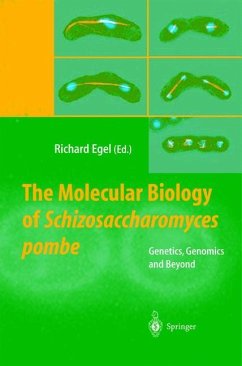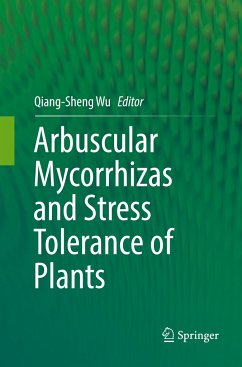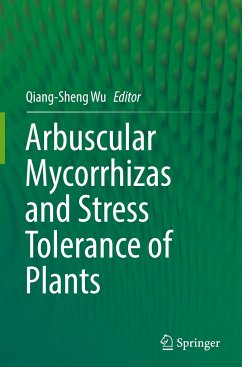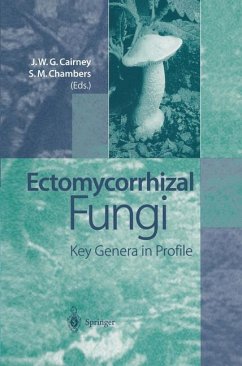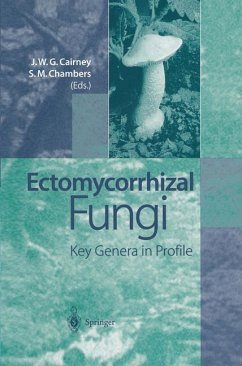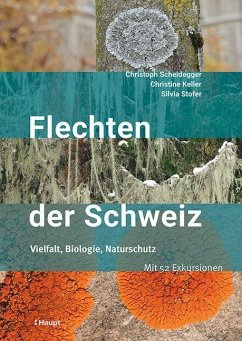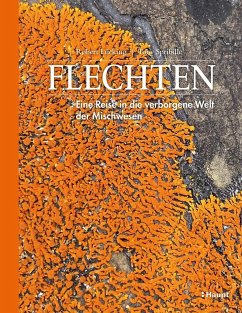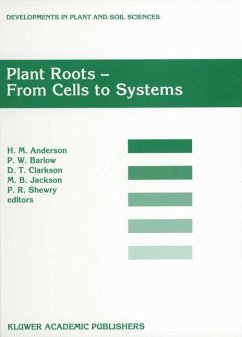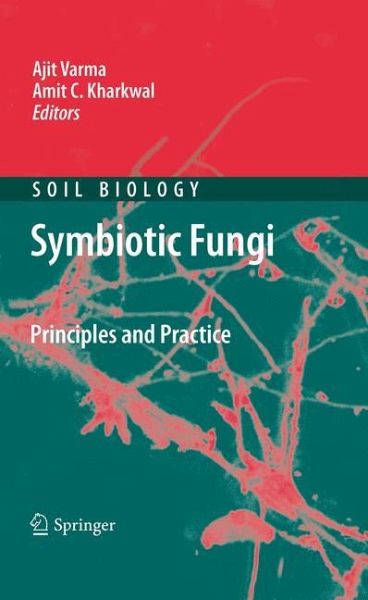
Symbiotic Fungi
Principles and Practice
Herausgegeben: Varma, Ajit; Kharkwal, Amit C.

PAYBACK Punkte
77 °P sammeln!
Symbiotic Fungi - Principles and Practice presents current protocols for the study of symbiotic fungi and their interactions with plant roots, such as techniques for analyzing nutrient transfer, ecological restoration, microbial communication, and mycorrhizal bioassays, AM inoculum procedures and mushroom technology.
The protocols offer practical solutions for researchers and students involved in the study of symbiotic microorganisms. The volume will be of great use for basic research, biotechnological applications, and the development of commercial products.
The protocols offer practical solutions for researchers and students involved in the study of symbiotic microorganisms. The volume will be of great use for basic research, biotechnological applications, and the development of commercial products.





